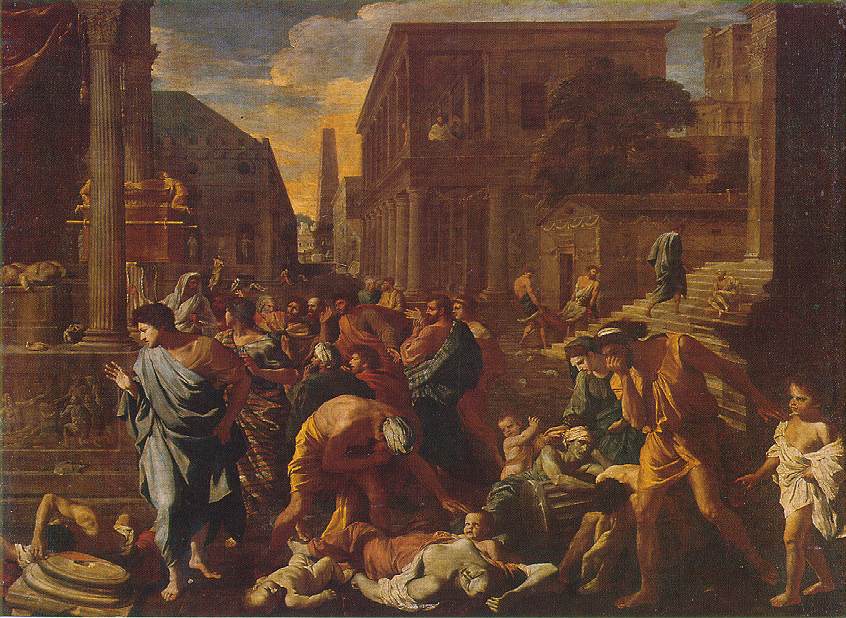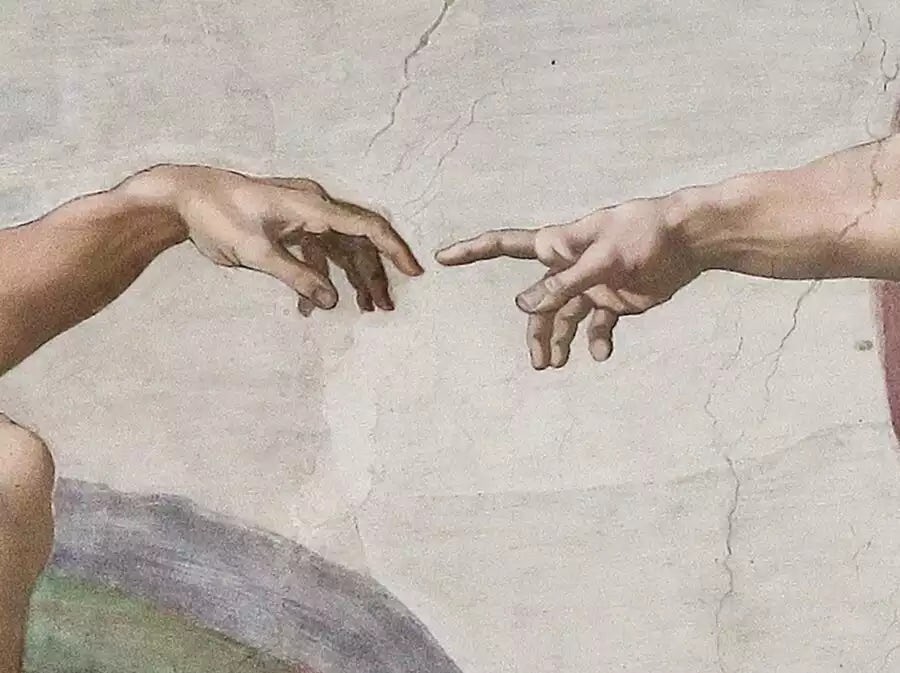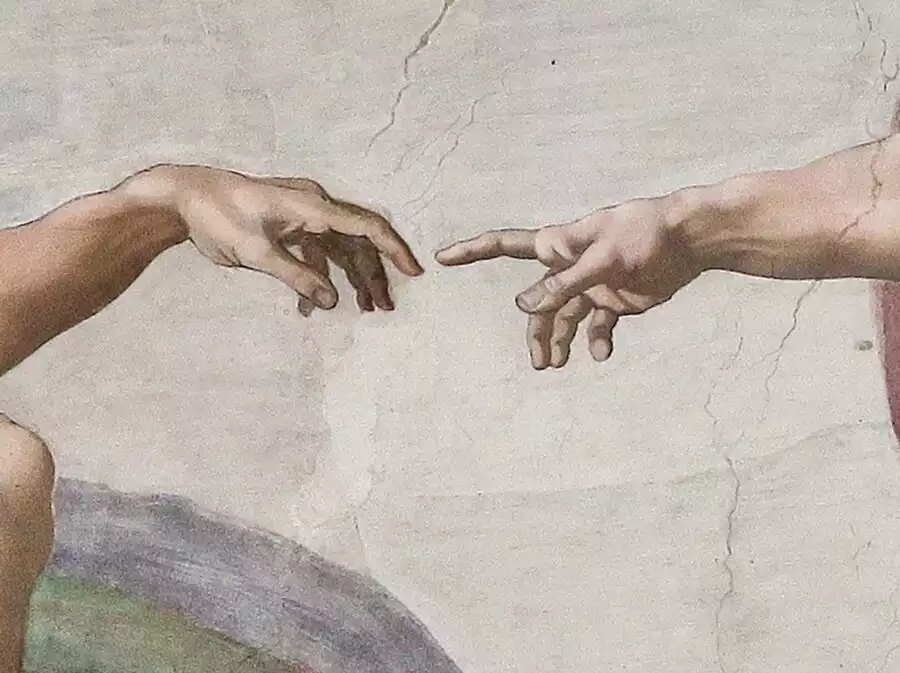COVID-19 has thrown a spanner in the works for most. But for a select minority, they’ve taken the lemons life has given them this year, and made outstanding lemonade. While we all naturally pine for the days when life was normal, it is important that we look beyond all the inconveniences and adjustments we have had to face since the outbreak and consider the one gift the pandemic has bestowed upon us; the time to create.
Great art can be born in times of strife and isolation. History is filled with examples of important cultural shifts resulting in global pandemics and masterpieces emerging from them; whether the result are master paintings or pop albums it could be argued that the very viruses that forced artists to be indoors are the ones that cultivate inspiration.
A prime contemporary example would be pop start Taylor Swift’s recent release of her eighth album, Folklore; written and recorded in isolation. Classified as her first alternative album, with sixteen tracks of whimsical melodies and evocative lyrics, it joins an age-old tradition of great works being created during global hardship.
The Black Death and the Renaissance
The Renaissance, as most know it, is epitomised by beautiful works of art, and an age where exploration and scientific discoveries flourished. But Michelangelo’s David; Leonardo Da Vinci’s Mona Lisa; Isaac Newton’s law of gravity; these things did not simply transpire on a whim. What we now consider as iconic products belonging to this period were actually ushered in by the Late Middle Ages.
Bubonic plague ran rampant from the late 14th century, with occasional bouts occurring for the next three centuries or so throughout Europe. Perhaps its most significant creation is the term du jour; ‘quarantine’, which comes from the Latin ‘quarantena’ or ‘forty days’ – the designated period of isolation that all ships, including its crew and passengers, had to go through before being allowed to dock in Venice.
Although The Black Death, as it would eventually be called, did not only severely afflict the inhabitants of Europe (Africa and Asia were also affected) Europeans seem to have risen out of the plague’s ashes to produce significant discoveries and cultural innovations – so much so that this period came to be known as a “rebirth” from its dark past.
From 1347 onwards, the pesky disease served as a constant reminder of one’s morality, and it served to transform art in two ways, by featuring life or death. With the latter, death could be represented through allegories, the incorporation of dark colours, or simply through the visual representation of the stricken. With life, it wasn’t as straightforward.

Even though we cannot say with absolute assurance that masters like Michelangelo and Da Vinci were directly inspired by the plague, we can perhaps allow ourselves to interpret that their art as a celebration or attention to life, manifested by the pandemic. Indeed, after the first wave, we see a dramatic change in subject matter and approach – allowing artists to start to create works featuring the beauty of life through the human body, in a much more intricate, dynamic way.
Both Michelangelo and Da Vinci represent life through its vibrant, human qualities – strength, agility, and confidence exude from the towering statue of David, whereas beauty and emotion, however nuanced, can be seen with the Mona Lisa.
Traditional themes of God and Jesus Christ are still depicted, but they are not seen as lifeless, distant figures anymore. Rather, God is now seen as omnipotent and full of life in The Creation of Adam by Michelangelo, whilst Adam is seen as graceful, reaching out to receive life.
Where Renaissance art was able to flourish, due to the destruction of the plague, so too did scientific discoveries.
In 1665, London had a devastating bout, but the future of physics was about to change forever. Like COVID-19 disrupting in-person classes and sending students home, Isaac Newton was sent home from his studies at Cambridge to partake in social distancing. One day, he sat underneath the tree outside his window, an apple fell on his head, and this led to the discovery of gravity, and the laws of motion. Although it wouldn’t have been as easy as it’s written out to be, it is an example of how the physicist’s best work was developed, at home, without the guidance of his professors, nor the stresses of his academic responsibilities.
The Spanish Flu and the Roaring Twenties
Before the Roaring Twenties, war and disease struck. The First World War was in its last year when the flu began ravaging a third of the world’s population, taking out troops and civilians alike, infecting up to half a billion people. Many had died from either a war or a pandemic, and because of this, it led people to want to enjoy life to the fullest, which meant breaking away from old and embracing the new. The Roaring Twenties brings to the mind a colourful, vivacious era that produced flapper girls, unlimited credit, and the entrance of a music genre that sums up the modern, fast-paced lifestyle of the era, jazz. But 1920s Western culture also brought a revived spirit to both the artistic and literary world.
The 1920s was a time for the Lost Generation. They consisted of those, mainly writers, who came of age during the devastation of the previous decade, and so held a ‘lost’, dispirited attitude. While Ernest Hemingway and F. Scott Fitzgerald are coveted treasures of this group, these literary geniuses surprisingly did not draw on their experiences of the pandemic, choosing instead to write about the war. Hemingway did self-isolate with his wife and mistress, calling it ‘a splendid place to write,’ so one can hopefully assume that his creative juices were still able to flow from time spent indoors – even if it was in a tense atmosphere.
The Spanish flu did have more of an impact on the lost artists, if we consider the works of Edvard Munch. Best known for The Scream, the Norwegian artist has two notable paintings centred around the flu, conveniently titled Self Portrait with the Spanish Flu and Self Portrait After the Spanish Flu. Interestingly Munch was infected by the flu, so his art was not merely inspired by the tense atmosphere spent self-quarantining, nor was it because of his experiences of the flu. He actually took a fascination towards the disease, and in his own unusual way, benefited in displaying his talents in expressionist art as a result of an illness that killed millions.
COVID-19, TikTok, and Taylor Swift
The 21st century has already had its fair share of diseases – swine flu, Ebola – but the coronavirus outbreak has truly tested our abilities to get through and overcome this widespread virus. Although economies are slowly opening back up, social distancing measures are still being enforced and the wearing of face masks are still very much in place (to some degrees of success around the world).
Many spent their lockdown either keeping safe, playing Animal Crossing, or working remotely from home. Certainly, Swift went to work remotely like others during this period, and took advantage of having Lover Fest, her sixth concert tour and first music festival tour, cancelled. Praised by many for its mature sound and lyrics, it is unlike her past albums where she draws on past relationships, insteading releasing a mixture of songs that include both personal and fictionalised storytelling. With Epiphany, the hymn-like track is straightforward in referencing the pandemic the song was written in. Heartfelt sympathy is clear, as is her acknowledgement with what doctors and nurses are going through. ‘Someone’s daughter, someone’s mother / Holds your hand through plastic now’, Swift sings, likening medical workers to soldiers on the battlefield in the beginning of the song.
Collaborating with The National’s Aaron Dessner, and Bon Iver, it is a testament to her far-reaching talents and capabilities that she created music, despite the inconveniences of social distancing.
But Swift is not the only one that has spent the lockdown creating. Users on TikTok have used all the free time they would normally spend working or commuting to create videos – from cooking, to dancing, to creating trends and sounds that have gone viral. They may not be comparable to great creative arts from past pandemics, but it does emphasise the notion that the more time we have, forced inside with limited resources and entertainment, the more time we have to make something. Even without TikTok, people have utilised this freedom from everyday responsibilities to invent something, like baking bread that they otherwise would not have done had they had the time or restriction of the outdoors.
Nowadays, the world is our oyster. We can spend the day shopping, out meeting friends for lunch, and travelling around the world has become easier thanks to modern transportation. But with this also comes the disadvantage of life being a lot busier, with work and social responsibilities. Urban life has made it difficult, with commutes and the corporate grind, to truly pause and breathe. Lastly, the digital age has not made it easy for us to block out a world that is so accessible and addicting. Our brains have become so overstimulated that for some of us, it’s hard to sit down and be alone with our thoughts without getting bored or distracted.
COVID-19 has disrupted many lives these past few months. But to offer another perspective built on centuries past of pandemics and its own isolation measures, it seems that we can utilise this time. For those who are still in lockdown, working remotely from home, perhaps we can take this rare opportunity to appreciate the pause of our normal routines, recalibrate our brains, and produce something of true value to our days. It doesn’t have to be the Mona Lisa.
UP NEXT: X-Ray Vision at the V&A


